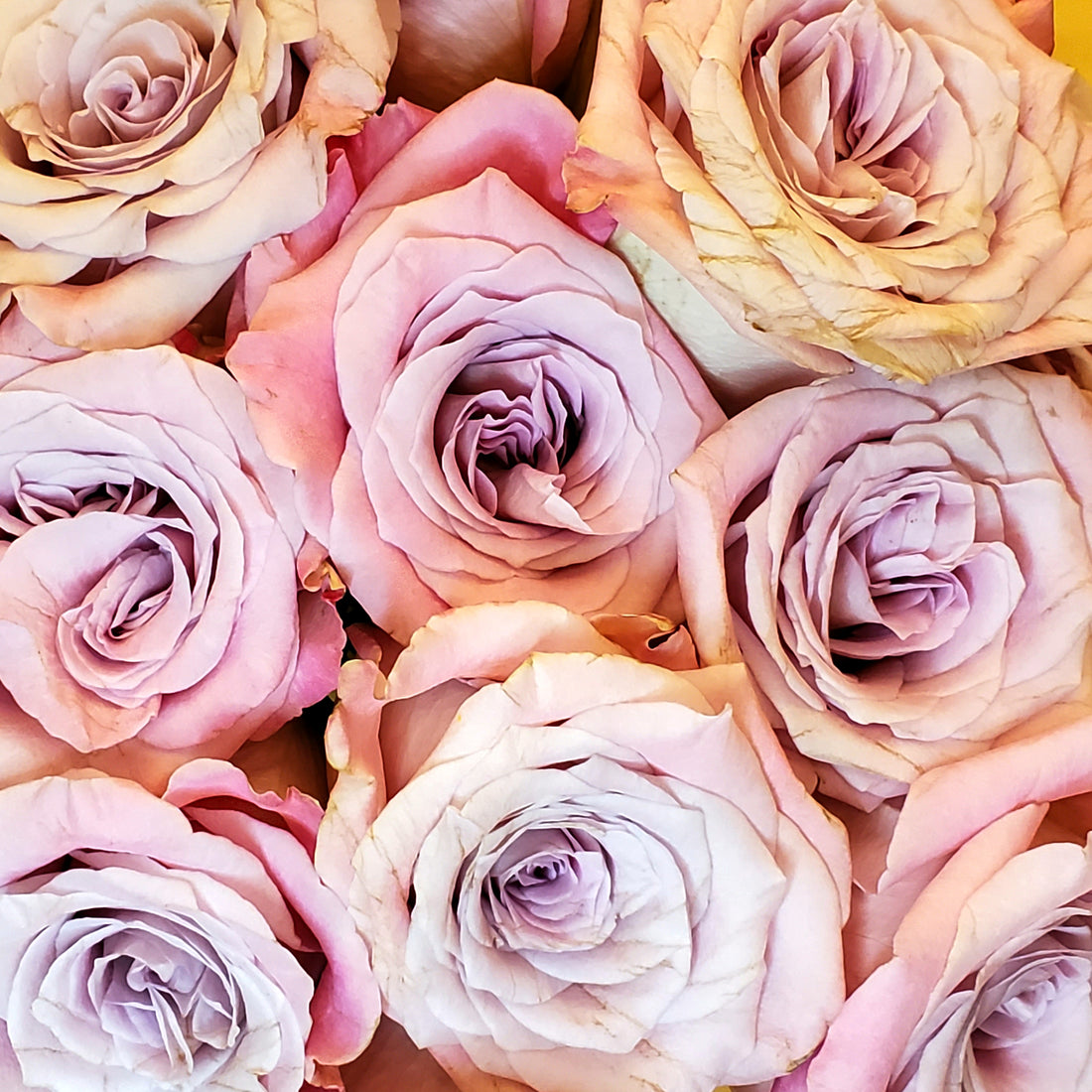
How Essential Oils Are Made
Angelica HaviarasShare
Aromatherapy has been used for centuries, but many do not know how essential oils are made.
Essential oils are concentrated extracts that are distilled or expressed from a variety of aromatic plant material. This includes flowers, fruits, zests, grasses, leaves, needles, twigs, roots, seeds, and woods. To get an essential oil one must either distill, or extract using a variety of methods. This article breaks down the different methods of how essential oils are made.Distillation and Extraction are 2 approaches of how we get an Essential Oil
Distilling oils have been used since ancient times. In fact, we know that people have been distilling plant essence from as long as 5,000 years ago. In the early Middle Ages, people distilled mainly for floral waters that would be used as perfume, digestive tonic, for cooking/trading.
In ancient Greece and Rome, oils were extracted by placing flowers and plant material in glass jars with other fatty oils, leaving them in the sun and infusing the properties for therapeutic massage.
1. Distillation Method
Distilling is the most common method of how we get essential oils. The plant material is placed in a container (known as a still) with water. It is heated to a boiling point which produces steam and vapor. It then cools down into a mixture of aromatic water (known as hydrosol) and essential oil. The essential oil is then separated from the hydrosol.
1. Water Distillation: When the plant comes into contact with water.
2. Steam Distillation: Steam is injected into the still.
3. Water and Steam Distillation: A combination of both water and steam. This is the most common method.
2. Expression aka "Cold Pressing" Method
Cold pressing is most commonly used for citrus oils like sweet orange, bergamot, and grapefruit. In this method the fruit zest, or rind is literally pressed, pricked and prodded to release the essential oils.
3. Enfleurage Method
A traditional method not commonly used because of its tedious and expensive process. Enfleurage uses a cold fat extraction. Animal fat would be laid out and the plant material placed on it. The essential oil is absorbed into the fat and then separated.
4. Solvent Extraction
Some florals like neroli and jasmine are too delicate to be distilled, so this method combines the plant with a solvent and mixed with alcohol, which draws out the aromatic essence. This is known as an absolute.
5. CO2 Hypercritical Extraction
CO2 extraction is a modern approach on how to get essential oils. CO2 under pressure will turn from a gas into a liquid. The liquid solvent is mixed with the plant material to extract the essential oil.
6. Lab Method
Some essential oils can be produced in a lab, but this is not what I would consider organic, or wholistic aromatherapy. Semi-natural, or synthetic oils can be more allergenic and irritating for people.
You can shop organic essential oil blends by Aromanthi here for your personal aromatherapy needs.
The statements made regarding this article have not been evaluated by the Food and Drug Administration, and are not intended to diagnose, treat, cure or prevent any disease. All information presented here is not meant as a substitute for or alternative to information from health care practitioners. There's no guarantee of specific results and that the results can vary.
